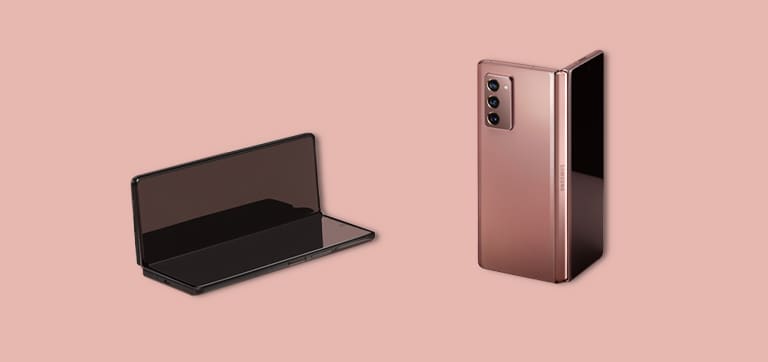
3 Gadgets That Are Changing The Virtual Reality Experience
The virtual reality (VR) experience is fuelled by innovation and the thirst of industry leaders who want to taste the future. Virtual reality, in layman’s terms, is the use of computer technology to create a simulated environment. Unlike traditional user interfaces, VR places the user inside an experience. Instead of viewing a screen in front of them, users are immersed and able to interact with 3D worlds. By simulating as many senses as possible, such as vision, hearing, touch, even smell, these devices are transformed into a gatekeeper to this artificial world.
VR is not a new concept and has been around for decades. The first head-mounted display wasn’t an Oculus Rift, even though this is the device that arguably drove the VR renaissance. In fact, it was a device called Headsight that was created in the 1960s. But there were non-digital predecessors, all the way from 360-degree paintings that had the same aim: to take your experience to another place.
With that in mind, below are three gadgets that are set to change the very fabric of our current VR experience.
Omnidirectional VR treadmills
Among the first VR gadgets we are going to look at on our quest for the ultimate virtual reality experience are Omnidirectional Treadmills. These mechanical devices, similar to a typical treadmill, allow you to perform high-motion activities in any direction, allowing for 360 degrees of movement. Omnidirectional treadmills are employed in immersive virtual environment implementations to allow unencumbered movement within the virtual space.
The hype-train surrounded around these virtual reality treadmills began circulating on Kickstarter back in 2013. The notion that you can now put your best foot forward and march ahead as you make way through your favourite video game or interactive experience is an idea that has been the motivation of funding partners and pre-ordering customers worldwide.
However the virtual world has had its issues when it comes to traversing space and a device like the Omni could theoretically serve as a solution, but there’s still a bit of way to go before the tech is ready for the average everyday VR consumer.
Virtual reality suits to boost the VR experience
Up until now, VR content has relied on what you can see and what you can hear. The concept of being able to actually feel, on your body, what is going on in a game of your choice seems like a far-fetched science fiction fantasy. However, that’s not quite the case anymore. VR suits that have been built specifically for virtual reality experiences and calibrated to give the wearer feedback from the game or experience at hand are now very much a practical reality.
A smart textile gaming suit, this nifty piece of tech lets people interact with virtual environments in ways that were not possible before. One of the key features? An electro-tactile haptic feedback system, which offers the ability to touch and feel any virtual object inside the VR world.
These VR suits transmit sensations to the body by neuromuscular electrical stimulation, something commonly used in rehabilitation and athletic training. The simulations are very similar to the body’s own native language. Suit up to feel every explosion, gunshot, and sword fight in VR.
Haptic VR gloves
Anyone who has ever immersed themselves in a virtual reality experience has dreamed of being able to touch the virtual objects and manipulate them with their bare hands. For multi-finger interaction, this requires some kind of wearable force-feedback device – a so-called ‘haptic glove’.
Haptic gloves are made real through vibrating motors, inflatable bladders, electrical fields and mechanical components that push back.
As is the problem with most of the highly innovative VR solutions, nothing is cheap. These devices come at a relatively high cost and it might be some time till the prices reach a point where they are more accessible to individuals across a wide socio-economic spectrum. In the meantime, though, consider taking your VR experience to another level with this Samsung Gear VR Gamepad.
Key takeaways
VR will continue to dramatically, and exponentially, affect gaming and immersive experiences but it’s important to keep in mind that its uses are not confined to just shooting zombies – this tech could potentially change the very fabric of our future with governments and other key stakeholders jumping on to this train because of the great potential they see in this technology.
Armies are making super soldier suits, NASA is looking at using VR to control robots on space missions, and even healthcare has dipped their toes into the pool and are looking into ways of how VR could affect the accuracy of surgeries. These applications are still merely scratching the surface of what VR could potentially achieve.
For more information on the future of VR and the gadgets that you could use to enjoy the ultimate virtual reality experience, visit our site.


